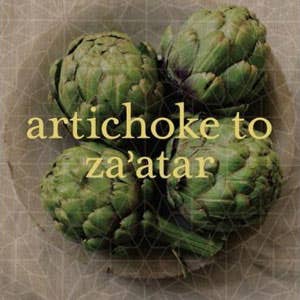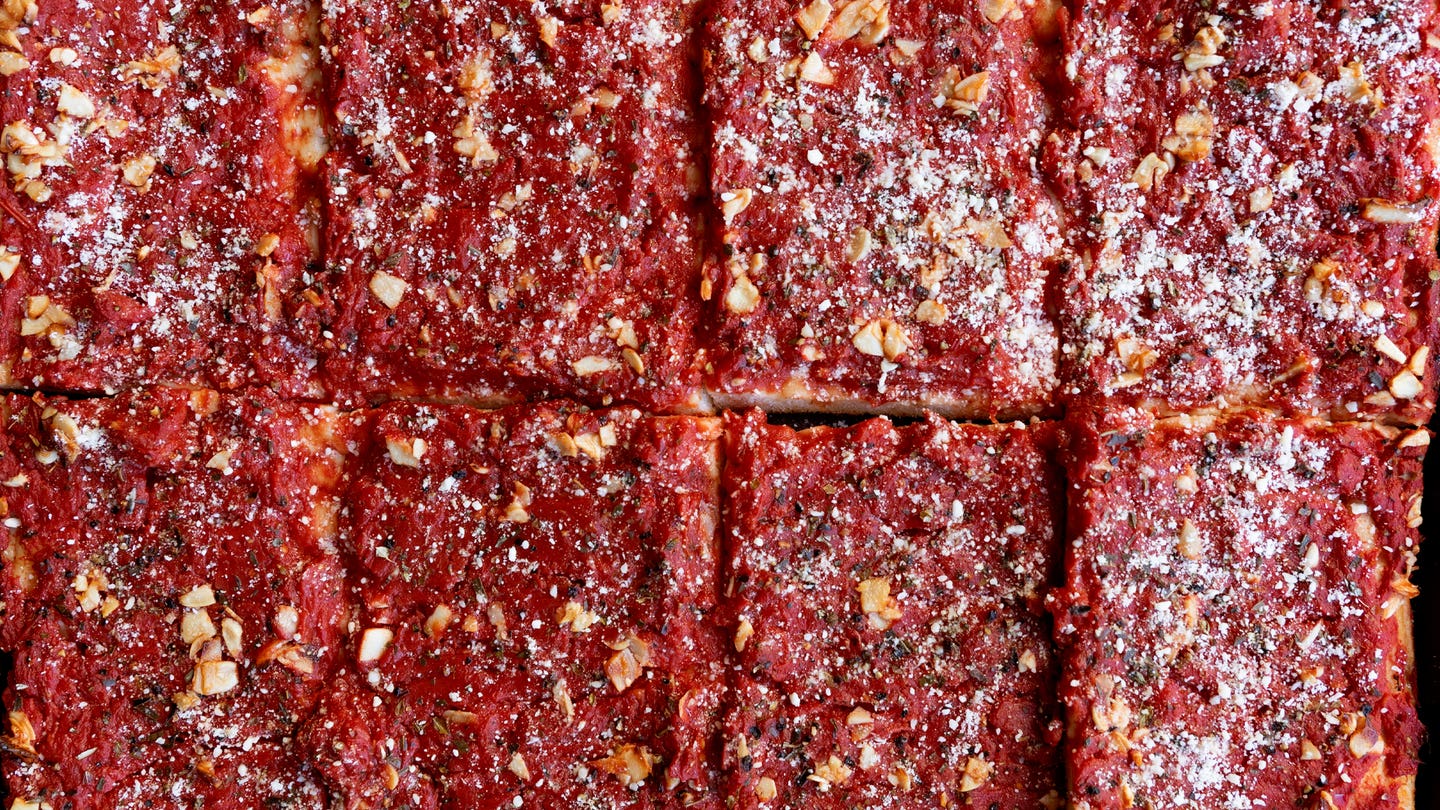
Exploring the Middle Eastern Pantry
Artichoke to Za'atar
By Greg Malouf and Lucy Malouf
University of California Press, 2008_
Before discovering Greg and Lucy Malouf's newest book, Artichoke to Za'atar, I stumbled through Middle Eastern grocery stores like an awkward teenager. The piles of bright spices and sacks of unfamiliar grains intrigued me, but I lacked experience in using such ingredients and often left, embarrassed, with nothing more than a handful of cilantro.
Artichoke to Za'atar, an exhaustive introduction to Middle Eastern cooking, has changed all that. Ingredients like bulgur and vine leaves, which once seemed hopelessly exotic, have become my new favorites. I now glide through the Lebanese grocery near my home with ease, having learned that sumac, a coarse powder made from brick-colored berries, lends a pleasant tang to salads and that a ripe quince is yellow, not green.
It's no surprise that Greg and Lucy Malouf should have inspired this transformation. Greg, a native Australian of Lebanese descent and a chef for nearly 20 years, aims to teach the world that Middle Eastern cuisine is more than just "limp pita bread and greasy kebabs". In the past decade, he and his ex-wife and partner, the food writer Lucy Malouf, have written several books on the subject, including Arabesque (1999), Moorish (2001), Saha (2005), and Turquoise (2007). In their latest, the Maloufs take an encyclopedic approach, classifying a wide range of ingredients from apricots to yogurt and providing information on the origin and history of each. The recipes, which are embedded in each ingredient's section, are both traditional, as in the buttered couscous, and modern, as in harira, a lemony vegetarian soup based on a hearty lamb soup popular in Morocco.
I'll admit I was skeptical about a few of the Maloufs' suggestions; I had never charred eggplants on open burners or washed mounds of vine leaves. But the charring technique really did impart a rich smokiness to the eggplants, and the vine leaves, which I later stuffed with chicken and rice and served at a dinner party, disappeared at a record pace. I'm a happy convert. The words fattouche and tabbouleh roll off my tongue effortlessly.
Again and again, this elegantly photographed book makes good on its promise to challenge outdated notions of Middle Eastern cuisine and teach readers where particular dishes hail from. We learn to make toum, a garlic sauce from Lebanon and Syria, and dukkah, a nut and spice mix from Egypt. Along the way, Greg takes pains to demystify the food, reminding readers that "while some of the dishes might sound exotic and mysterious, they are based on traditions which are, after all, everyday fare in another culture".
Keep Reading
Continue to Next Story










